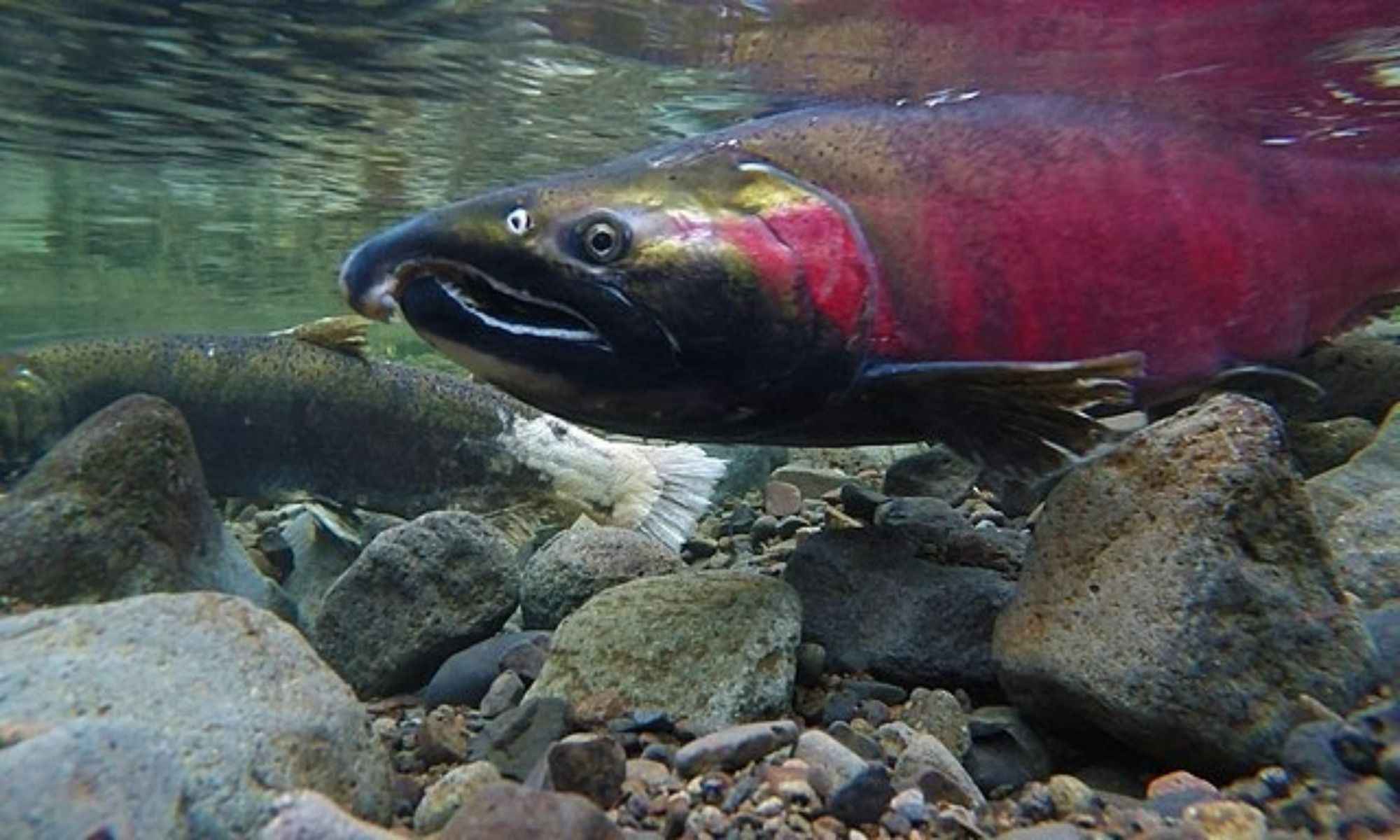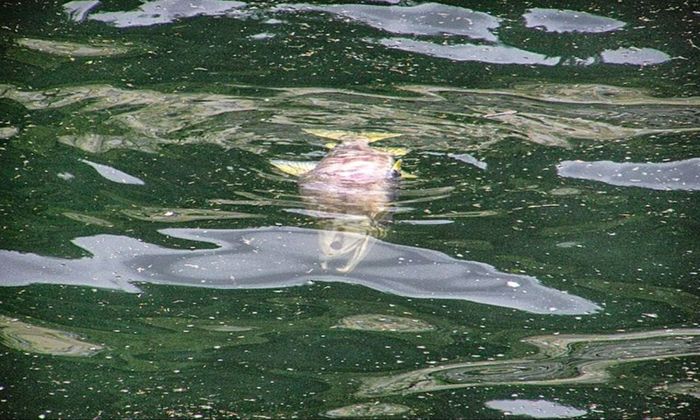Why Is Salmon Special?
Why is salmon a special fish? Read here to know the 10 reasons why.

Fish is a significant part of our diet. Globally, our fish consumption has doubled in the last 50 years, according to the Joint Research Centre of the European Commission. According to 2014 statistics, we consume 44 pounds of fish per capita annually. When it comes to the fish we eat, salmon is top of the list. As the Delaware Sea Grant reported, salmon has consistently been among Americans' three most popular fish.
Salmon has different varieties: coho salmon, chinook salmon, pink salmon, pacific salmon, chum salmon, and more. Not only are they delicious, but also incredibly nutritious. Moreover, they are readily available in canned, fresh, or frozen forms. Historically, salmon has been three times more popular than it was in the 1980s. But why is salmon special? Here are ten reasons to answer that.

1. Salmon is A Key Species
Wild salmon have played a crucial role in ecological health in the Pacific Northwest. Each fall, hundreds of species, including bears, wolves, and eagles, gather in estuaries and along rivers to feast on the returning salmon and benefit from their marine-rich nutrients.

In other words, salmon disproportionately impact their ecosystem, and we regard them as keystone species. Keystone species would have a significant effect on ecosystems if they disappeared. During decay, salmon carcasses transfer valuable nutrients from the ocean to the land. Scientists trace nutrients from salmon’s bodies to mosses, herbs, shrubs, trees, insects, songbirds, bears, and wolves.
2. Salmon Drives the Economy
Salmon plays an essential role in British Columbia's economy. They are a vital component of the commercial and sportfishing industries. Moreover, they have tremendous cultural, dietary, and economic importance to Indigenous Nations across the provinces that depend on them for survival.
3. Salmon is Essential to Endangered Southern Resident Killer Whales
Chinook salmon is one of the only foods consumed by Southern Resident Killer Whales (SRKW). With only 73 whales left in existence, the fate of these whales, Canada's most endangered marine mammal, is intrinsically linked to that of the chinook salmon.
The Chinook salmon population is one of the most threatened salmon populations in the world, with many of them listed as endangered. As a result, it is no surprise that numerous researchers have attributed the declining numbers of SRKWs over the past few years to the decline of Chinook salmon populations.
4. Salmon Contribute to the Health of Old-Growth Forests
An annual pulse of ocean-derived nutrients gets delivered to the Great Bear Rainforest at the end of the salmon life cycle. Animals and birds on the forest floor distribute die-off salmon to trees and plants that grow near rivers of the Great Bear. A salmon's decomposition contributes vital nutrients to the soil and helps plants grow.
5. Salmon is at the Center of Indigenous Cultures
There is more to salmon than its monetary and food value. In the Pacific Northwest, salmon, especially sockeye salmon, is a central component of Indigenous Peoples' worldviews and lives.

The name sockeye comes from a mistranslation of the Halkomelem language word "suk-kegh," meaning red fish. There have been many Indigenous nations referred to as "salmon people.”
Pacific salmon has been an important food and trade source for Indigenous Peoples since immemorial. It is deeply ingrained in their culture and identity to hunt and consume wild Pacific salmon.
6. Salmon Ignite Environmental Action
Salmon play a unique and profound role in the ocean, freshwater, and terrestrial ecosystems. Other environmental issues such as watershed health, open-net fish farms, mining, logging, and dam construction are often pushed to the forefront of policy discussions when organizations are working to protect salmon in the Pacific Northwest.
7. Wild Salmon is A Nutritious Meal for Human
Many fish species, including wild salmon, are among our world's last natural foods. By consuming fresh salmon responsibly, humans can benefit from various health benefits.
In addition to being high in protein, wild salmon is low in calories and contains an essential fat called omega-3 that may help reduce the risk of heart disease and diabetes. Unlike wild Atlantic salmon, farmed Atlantic salmon is not as nutrient-dense and can lead to the spread of illness and pollutants that harm our coastal ecosystems.
8. Salmon Thrive in Both Saltwater and Freshwater
Salmon live both as fresh and saltwater fish, making them anadromous. It is born in freshwater and spends a few months to several years there (depending on the species) before moving out to the ocean, where they spend the rest of their lives.
During spawning, they return to freshwater. Compared to salmon, only very few other fish can survive such wide ranges of salinity and would die if they could move between fresh water and salt water. It is because freshwater can directly cause the cells of saltwater fish to burst when exposed to it. On the other hand, if freshwater fish gets exposed to salt water, their cells can wilt due to osmoregulation.
9. Salmon Have a Strong Sense of Smell
Salmon species have a keen sense of smell - they can detect chemicals as small as one part per million. As a comparison, it is estimated that Atlantic salmon can smell just one drop of scent in a space equivalent to ten Olympic swimming pools!
Moreover, they even use their strong sense of smell to find their way home for reproduction. Researchers believe salmon use the earth's magnetic field to navigate. When they find their home stream, they use a small memory bank, which young build as they migrate to the ocean.
10. Salmon can Change Color
Throughout their lives, salmon can exhibit three different colors. In their juvenile years, sockeye salmon are light-colored and spotted; in their adult years, they are silvery blue. Their heads turn green and their bodies brilliant red when spawning time approaches.



